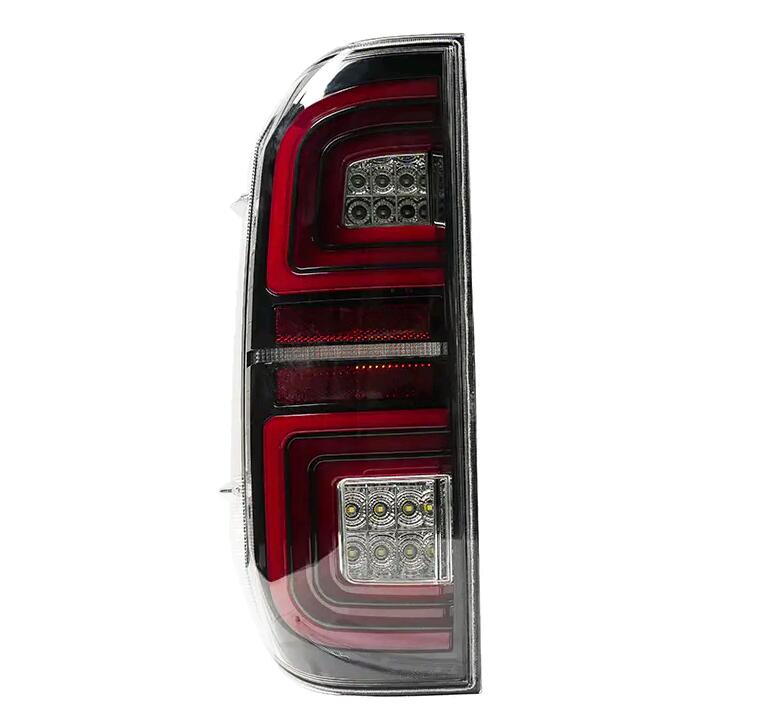In today’s world, vehicle safety is a priority for manufacturers, regulators, and drivers alike. With the increasing number of vehicles on the road, ensuring that each vehicle can be clearly seen and understood by other drivers is vital to preventing accidents and ensuring smooth traffic flow. One of the key components of a vehicle’s lighting system is the combination of stop, turn, tail, and reverse lights. These lights not only contribute to the overall safety of a vehicle but also provide crucial communication signals to other drivers.
The stop, turn, tail, and reverse lights serve different purposes, each important for specific driving conditions. In this article, we will explore the advantages of these lights, highlighting how they contribute to vehicle safety and improve road safety for everyone.
One of the primary functions of stop, turn, tail, and reverse lights is to serve as communication tools between drivers. Proper signaling through these lights allows drivers to understand a vehicle's intentions, reducing the likelihood of confusion or misinterpretation on the road.
Stop Lights: The stop lights, typically red, are activated when a driver applies the brake. These lights signal to other drivers that the vehicle is slowing down or stopping. This is crucial in preventing rear-end collisions, especially when drivers behind are not expecting the vehicle to stop. The visibility of the stop lights allows for adequate braking distance, giving other drivers time to react and adjust their speed.
Turn Signals: Turn signals, also known as indicators, are used to communicate a vehicle’s intention to turn left or right. These lights flash in the direction the driver intends to turn, allowing other vehicles and pedestrians to anticipate the maneuver. Turn signals help reduce accidents caused by sudden lane changes or turns without warning. They also improve the flow of traffic, as other drivers can adjust their movements based on the signaling vehicle.
Tail Lights: Tail lights, usually red, are activated when a vehicle’s headlights are on, and they remain illuminated when the vehicle is moving. These lights make the vehicle visible to other drivers, especially in low-light conditions such as dusk, dawn, or nighttime driving. Tail lights help to establish the presence of the vehicle on the road, preventing accidents that could occur due to a lack of visibility.
Reverse Lights: Reverse lights, typically white or clear, illuminate when the vehicle is in reverse gear. They signal to others that the vehicle is backing up, providing both visibility to the driver reversing and a warning to nearby pedestrians or drivers. Reverse lights are essential in preventing collisions when backing out of parking spaces or driveways.

https://www.carlamp-factory.com/product/tail-lamp-for-toyota-series/xz053-threecolor-car-tail-lamp-for-8th-generation-toyota-camry-2018.html
The XZ053 Three-Color Car Tail Lamp, designed specifically for the 8th Generation Toyota Camry 2018 model, represents a significant advancement in automotive lighting.


